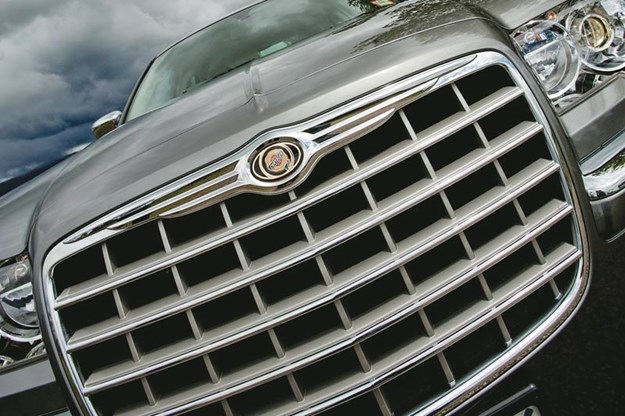The history of Chrysler



|
After abandoning Australia in 1981, Chrysler has returned to mount a serious attack on the local prestige market
Chrysler
Chrysler's weapon of choice is the sinister-looking 300C, which during 2007 sold more than 1600 units and will doubtless prosper following the disappearance of Ford’s Fairlane/LTD line.
Whether Chrysler survives another decade of Germanic dominance is debatable, but the company’s recent product confirms it will not relinquish what autonomy remains without a battle.
Using part of his considerable fortune and the facilities of a faltering Maxwell Motor Company, Walter P. Chrysler built a car capable of challenging the Buicks he had helped build during a decade with General Motors.
The first Chryslers were sold during 1925. Two years later, sales had topped 180,000 and the Chrysler Corporation was about to embark on a massive expansion. Acquiring Dodge, founding Plymouth and adding luxurious Imperials to its range helped push annual sales to more than 400,000 by the late-1930s. Some innovations including the ill-fated ‘Airflow’ aerodynamic models of the mid-1930s were disastrous and expensive, but Chrysler continued to invest in advancements that included standard safety glass and the ‘Fluid Drive’ automatic transmission that first appeared in 1939 Imperials.

During the 1950s, a fiercely conservative Chrysler abandoned convention to produce one of the most significant and potent engines ever to power an American production car. The first ‘Hemi’ V8 was developed to foster a power race with Cadillac but quickly came to dominate North American Nascar racing when fitted to the lighter and lower-priced 300 Series.
Expansion by acquisition saw Chrysler competing directly in markets across the world – in Britain via ownership of the Rootes Group, in France with Simca, and in several South American countries where US Valiants and British-made Hillman Avengers were sold. Australia also based its 1960s Chryslers on the Valiant but in 1971 produced the unique and locally-designed Charger; E49 versions ranked as the fastest Chrysler-badged cars of their era.
Chrysler’s US fortunes were boosted during the 1980s by association with ex-Ford Icon Carroll Shelby and brief ownership of Maserati. However, the organisation continued to struggle even after its 1998 amalgamation with Daimler-Benz.
The 300 that appeared in 2003 ranks as the most significant large US car design since the 1960s. With a new 5.7-litre Hemi engine and awards including Motor Trend’s 2005 ‘Car of the Year’, the 300 brought renewed interest and relevance to a brand that without it was facing the prospect of extinction.
From Unique Cars #285, Apr/May 2008
Unique Cars magazine Value Guides
Sell your car for free right here
Get your monthly fix of news, reviews and stories on the greatest cars and minds in the automotive world.
Subscribe

.jpg)







.jpg)




